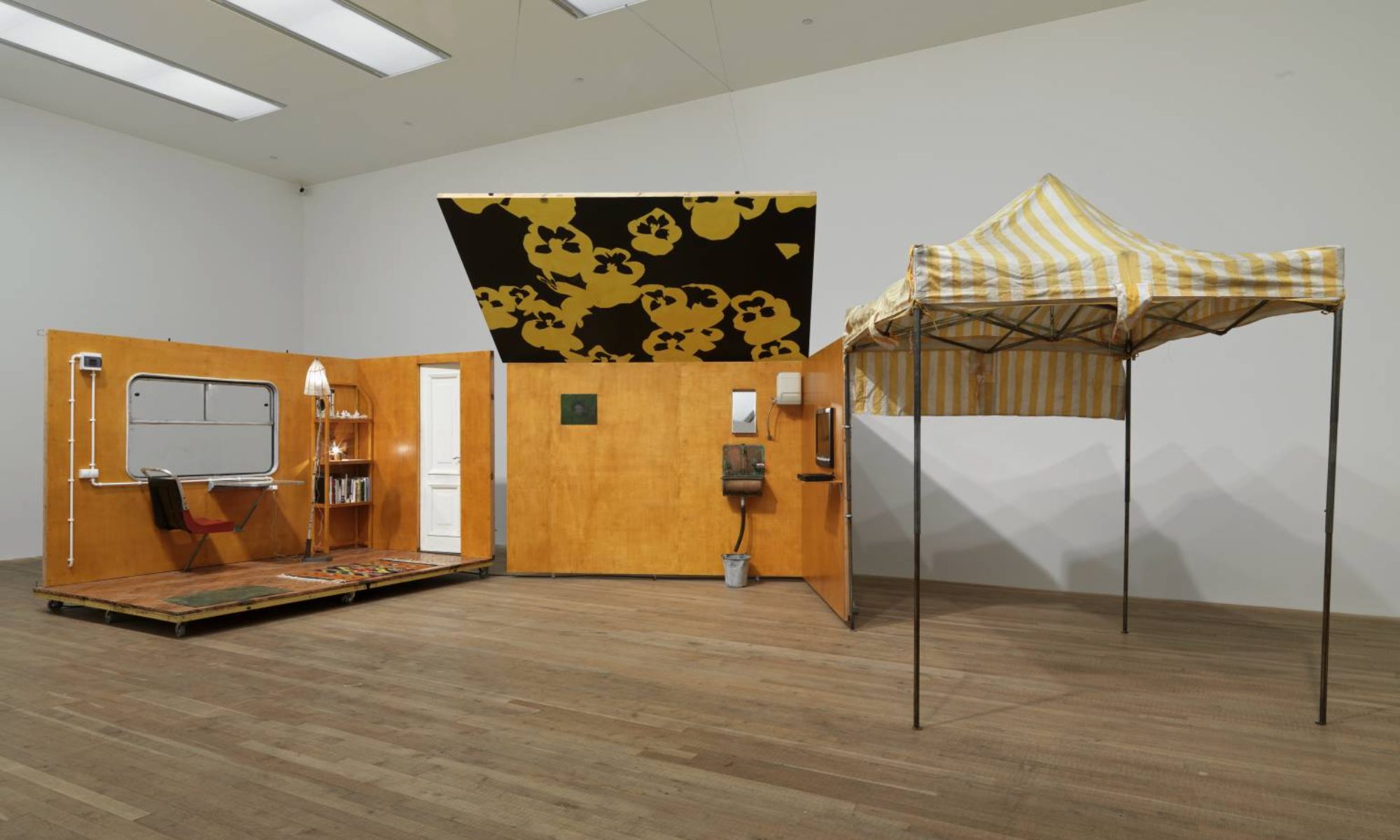It was cloudy around 8pm on Friday, so instead of watching a brilliant Geneseo Sunset™ my friends and I were watching a sort of negative sunset. As a poet I naturally began to think about how our experiences of art, nature, life in general, etc. can be informed by absence. While huddling together for warmth (because this was a Geneseo anti-sunset, after all) my friend Dave began talking about a website called Garfield minus Garfield which, as you’ve probably guessed, erases Garfield from the comics, exposing Jon as a character full of anxiety and existential dread.
Jon’s heavy lidded looks of malaise and final breakdown are now directed at nothing, instead of at a cat. The cat who gives this comic its name. How the meaning of this particular strip is changed by the deletion of such a crucial element gives a great example of how absence can magnify instead of morph. Without a direct object of his gaze and his breakdown we imagine Jon’s feelings are more intense, deep seated and directed at something more abstract, like the sense of doom he feels when thinking of his dead end job at OfficeMax. It may seem like a complete morphing, but it’s only a jump. Smaller moments of aggravation like getting fed up with a lazy cat sometimes create a nice little door into larger, more existentially charged feelings of frustration.
This doesn’t work for all of these strips, some of the meanings are changed or disappear entirely along with the cat. As poets these are the sort of changes we want to avoid when revising. As much as I may want to, I obviously can’t make Garfield into a direct analog of the line, but in terms of how deletion can magnify an already functioning meaning we can aspire to the example given in the strip above: delete a cat (or a line) and turn a moment of petty aggravation into a nervous breakdown.


